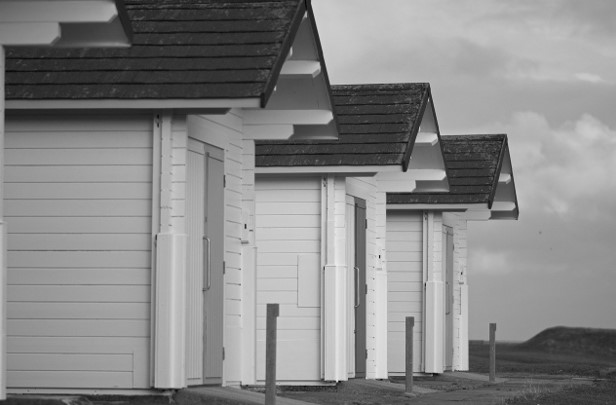Sheds have evolved from mere garden storage units to versatile structures that can serve multiple purposes, from housing tools and equipment to becoming a serene backyard retreat. Whether you're a seasoned DIY enthusiast or a beginner looking to embark on your first shed-building adventure, this guide will walk you through every step of the process. Get ready to discover invaluable tips, design inspirations, and practical advice to help you craft a shed that perfectly aligns with your needs and style. Let's dive in!
Define Your Purpose and Needs
Defining your purpose and needs is the foundational step in choosing, building, and organizing sheds. Start by determining the shed's primary function, whether it's for garden tool storage, a hobby workshop, or housing outdoor equipment. As highlighted by the team behind sheds and garages Launceston, there are different sheds available in the market, each designed to cater to specific purposes and requirements. For instance, there are garden sheds with ample shelving and storage options to keep your gardening tools and equipment organized.
Additionally, take into account your property's limitations, local regulations, and aesthetic preferences. By understanding the purpose and needs of your shed, you can make well-informed decisions throughout the process, ensuring the end result aligns perfectly with your objectives and enhances the functionality and organization of your outdoor space.
Select the Right Shed Type and Material
Choosing the appropriate shed type and material is pivotal to create a durable and functional outdoor structure. Assess various shed options, such as wood, metal, plastic, and vinyl, weighing their respective advantages and disadvantages. Wooden sheds blend seamlessly with natural surroundings, while metal sheds offer enhanced strength and security. Plastic and vinyl sheds require minimal maintenance.
Consider the climate in your area and how each material will withstand weather conditions. By carefully selecting the shed type and material that aligns with your needs, budget, and climate, you can ensure a long-lasting and aesthetically pleasing addition to your property that meets your storage or workspace requirements.
Consider Mindful Construction and Quality
Mindful construction and quality play a critical role in the longevity and functionality of your shed. If building the shed yourself, use durable materials and adhere to local building codes and regulations. Ensure a solid foundation to prevent structural issues. For pre-built sheds, carefully inspect the construction for sturdiness and any signs of defects.
Quality roofing, walls, and flooring are essential to withstand various weather conditions and protect your belongings. Invest in reliable hardware and locks to enhance security. Prioritizing construction quality guarantees a safe and reliable shed that will serve its purpose effectively and withstand the test of time with minimal maintenance needs.
Organize the Interior

Efficiently organizing the interior of your shed maximizes its functionality and usability. Install shelves, hooks, and pegboards to create dedicated storage spaces for different items, keeping the area clutter-free. Utilize clear plastic bins to store smaller items, making it easy to locate them when needed. Arrange tools and equipment logically, creating designated workstations for specific tasks in workshop sheds.
Group similar items together for streamlined access and create pathways for easy movement within the shed. Consider the frequency of use when placing items, ensuring frequently accessed items are within reach. A well-organized shed enhances productivity, optimizes storage space, and creates a tidy and welcoming environment.
When it comes to choosing, building, and organizing sheds, a thoughtful approach is key. Define your needs and purpose, select the right shed type and material to suit your climate and requirements. Emphasize mindful construction and quality for a durable and secure structure. Organizing the shed's interior strategically will maximize its functionality and make it a valuable asset for storage or work purposes. By following these tips, you can create a well-designed shed that complements your property and serves its intended purpose effectively.










